Soil-less, Waste-less, Limitless: A Day at Hydroponics Nepal
Farms without fields? That’s exactly what our students discovered this June during an unforgettable educational field visit to Hydroponics Nepal. The aim of this trip was not only to explore innovative farming methods but also to instil in students the value of sustainability, food security, and technological advancement in agriculture.
The journey began at around 9:00 AM on a fresh summer morning with backpacks and wide eyes full of questions. The trip took approximately an hour, and the energy on the bus was electric with chatter and excitement about what we were going to see and learn. Upon arrival, we were warmly welcomed by the staff and experts of Hydroponics Nepal. Right from the start, they made it clear that this wasn’t just a farm—it was a space for innovation, education, and inspiration.
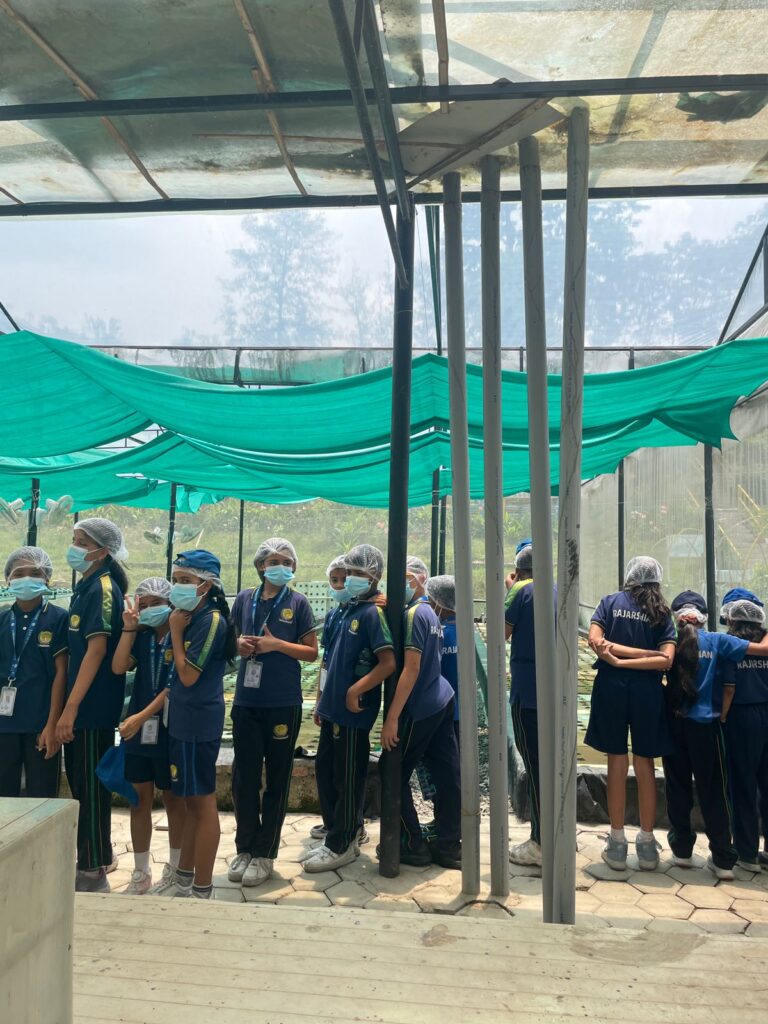
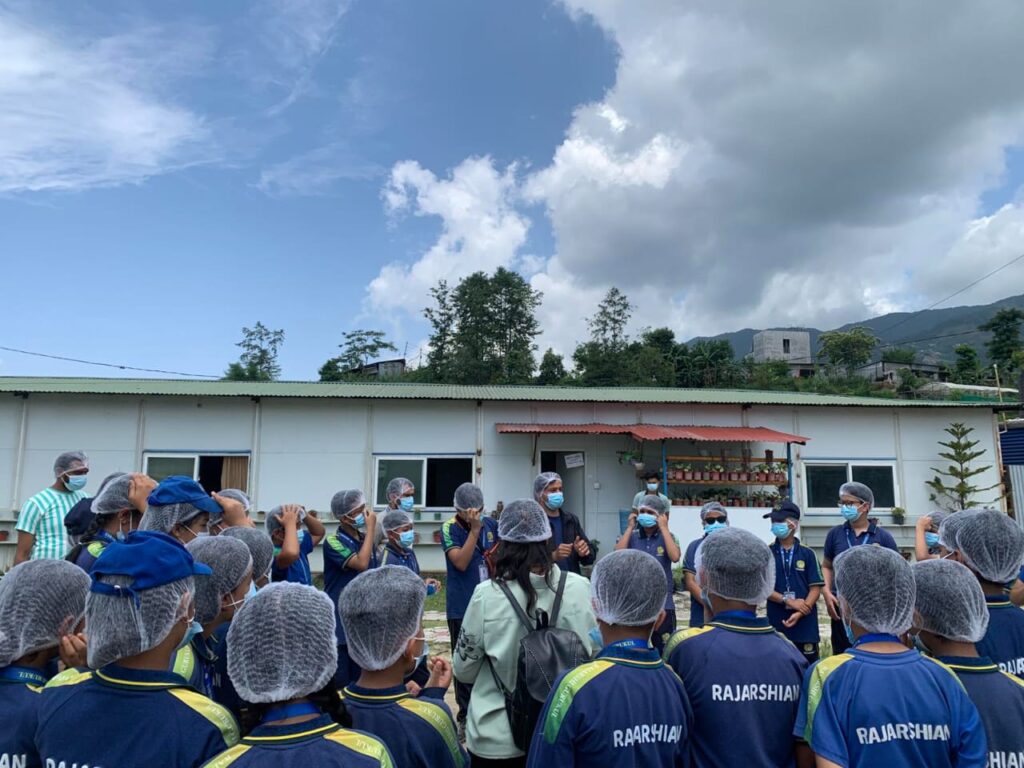
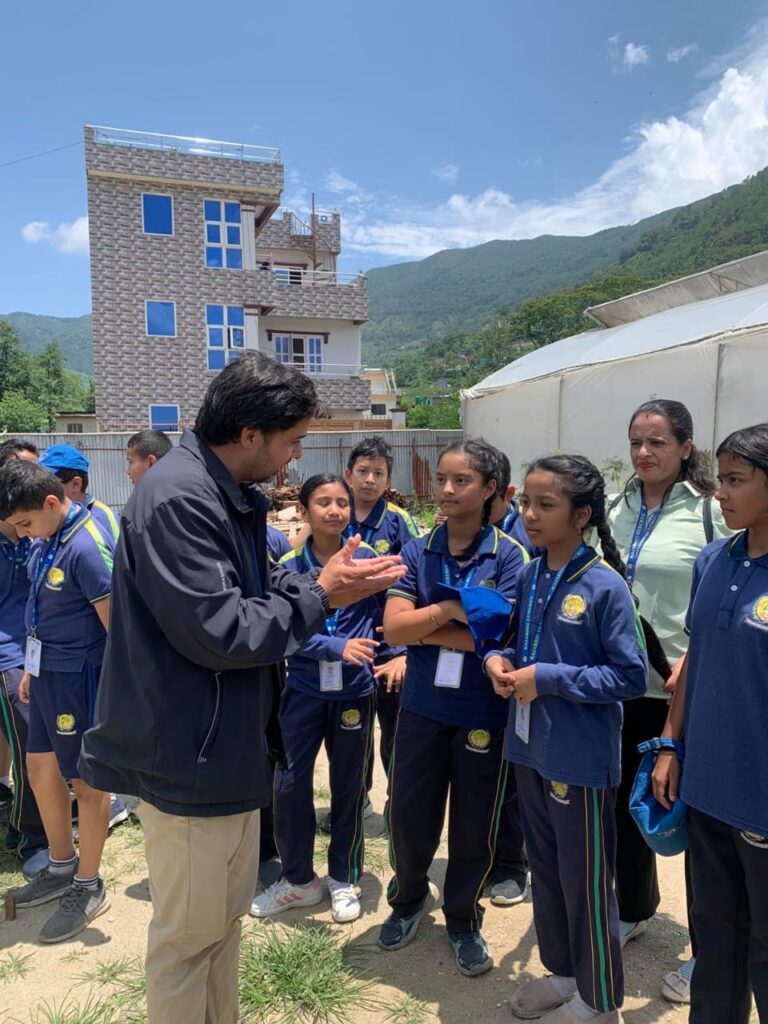
Before the tour began, the team conducted a brief but informative orientation. They shared insightful information about Hydroponics Nepal’s mission to revolutionise agriculture using clean, controlled-environment farming techniques. To maintain hygiene and prevent any form of contamination inside the farm facilities, every student and teacher was provided with a mask and a hair cover. This precaution ensured that we didn’t introduce any contaminants into their delicate, soil-less farming system.
The farm tour began with a visit to their Aquaponic system, where our students learned how plants and fish coexist in a symbiotic environment. It was fascinating for them to see how fish waste could be used to nourish plants without soil, making farming both water-efficient and sustainable.
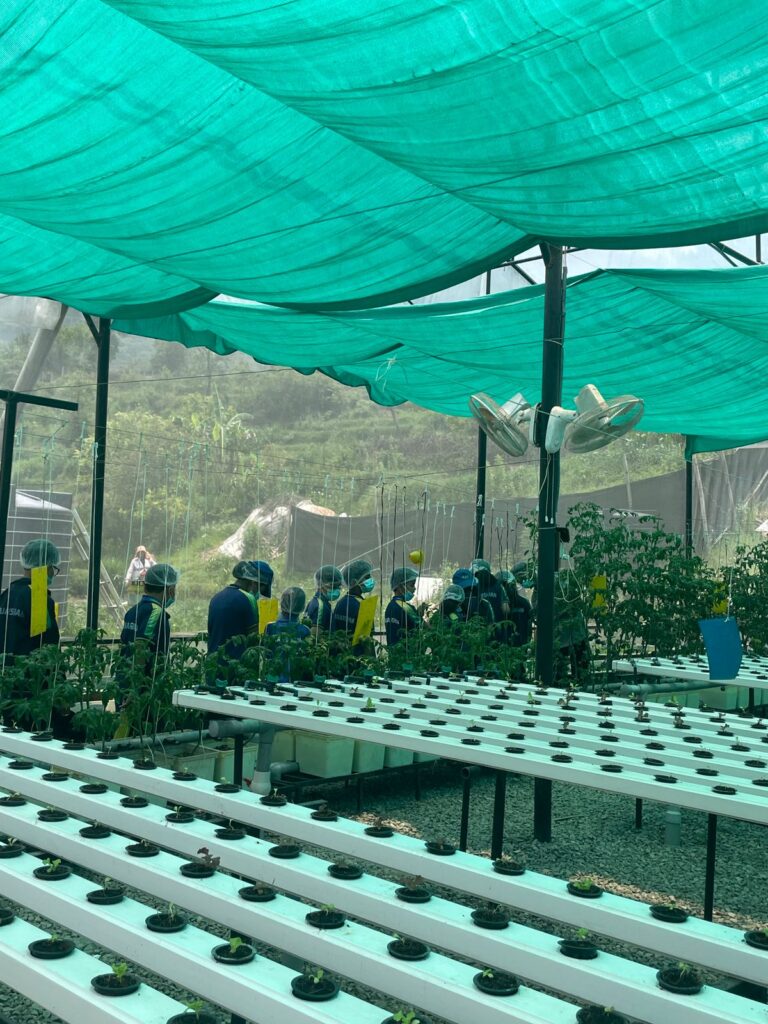
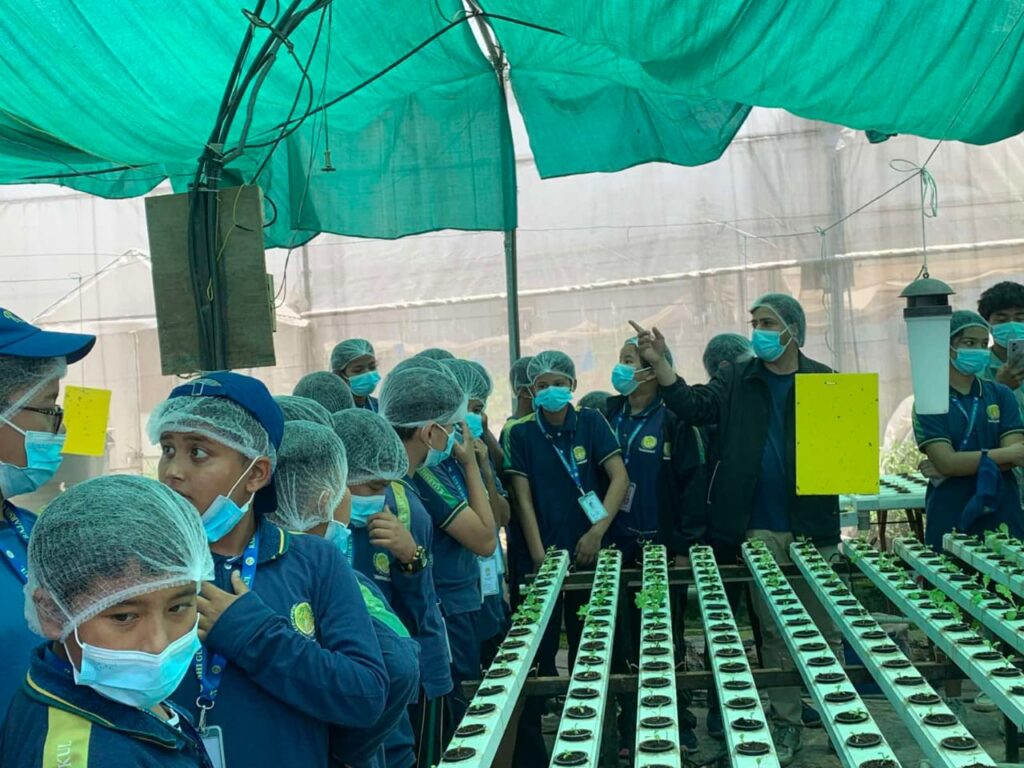
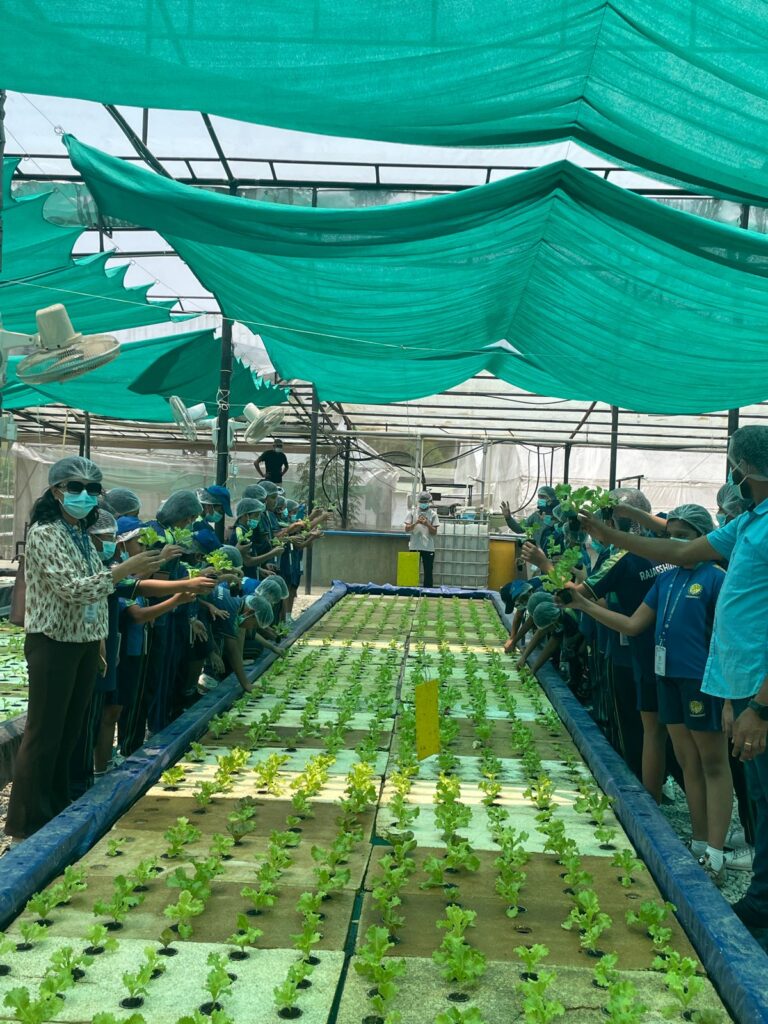
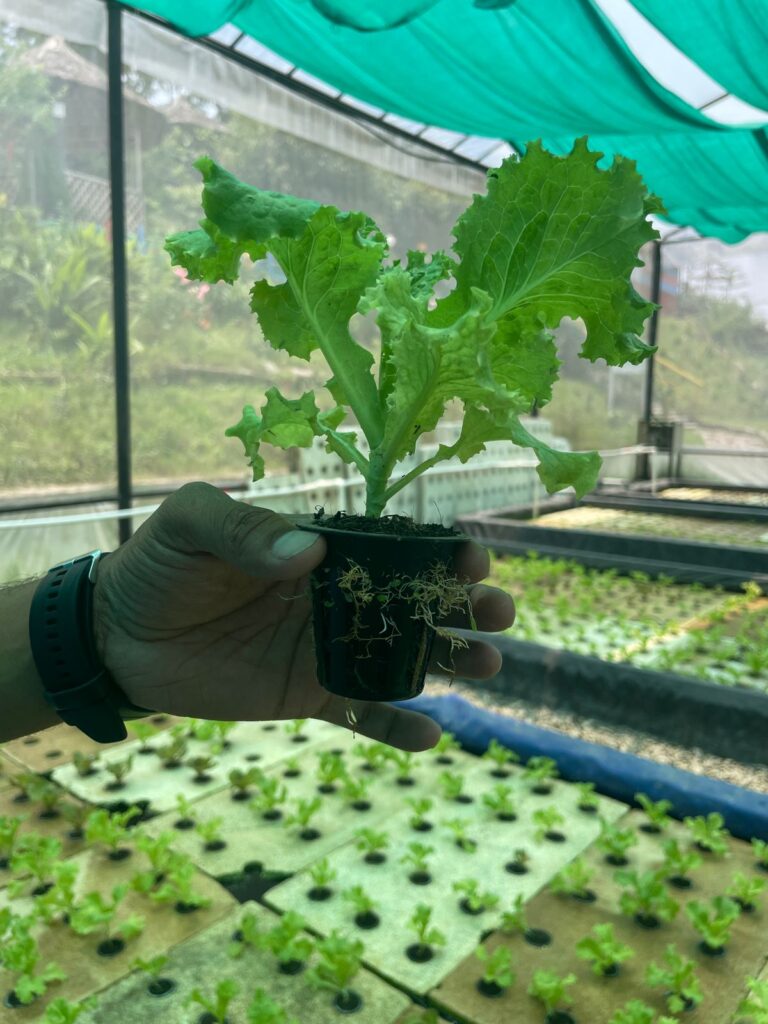
Next, we moved on to the Hydroponic section, where crops are grown using nutrient-rich water. The students were amazed to witness how healthy, fresh vegetables could be grown in vertical racks and water channels—no soil required! The experts explained how this technique is being adopted globally to meet the food demands of growing populations, especially in cities.
Our final stop in the farm systems tour was the Aeroponic unit, which took innovation a notch higher. Here, plants grow with their roots suspended in air, misted with nutrient solutions. The students were intrigued by how little water this system needed, yet how productive it was. The sterile and high-tech environment fascinated the students—it was like walking into a science fiction lab!
One of the most inspiring parts of the visit was learning about Hydroponics Nepal’s commitment to zero-waste agriculture. Nothing goes to waste here. Wastewater and byproducts from all systems are collected and repurposed to grow additional crops in their greenhouse facility. It was a perfect demonstration of how modern farming can be both productive and environmentally conscious.
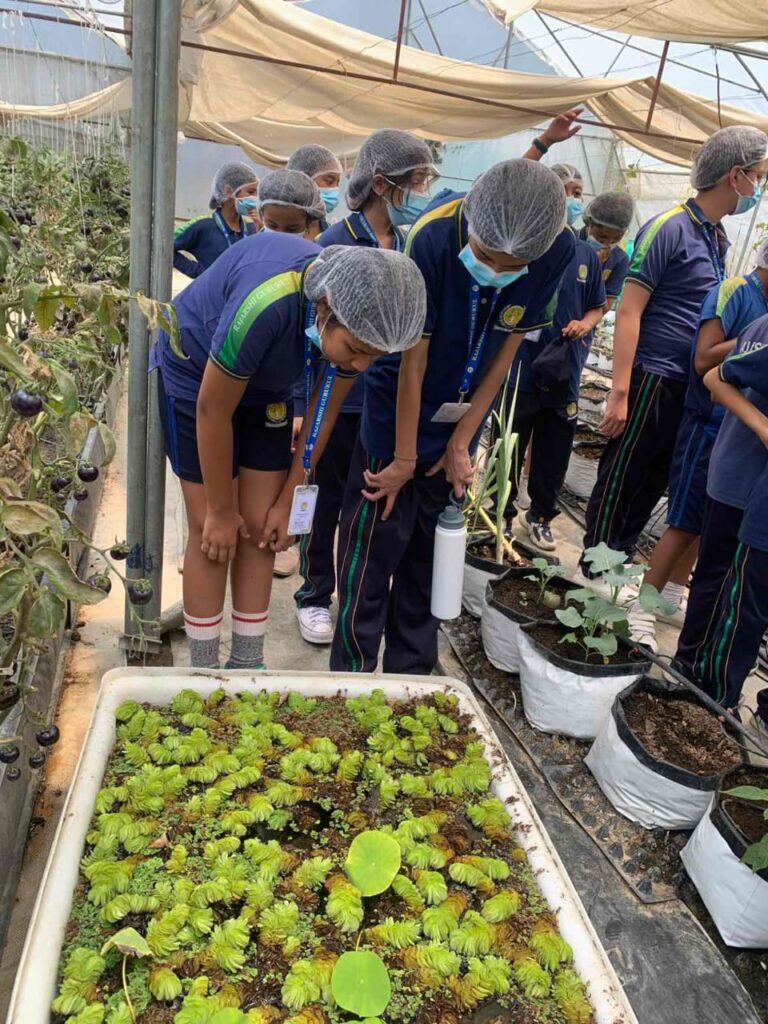
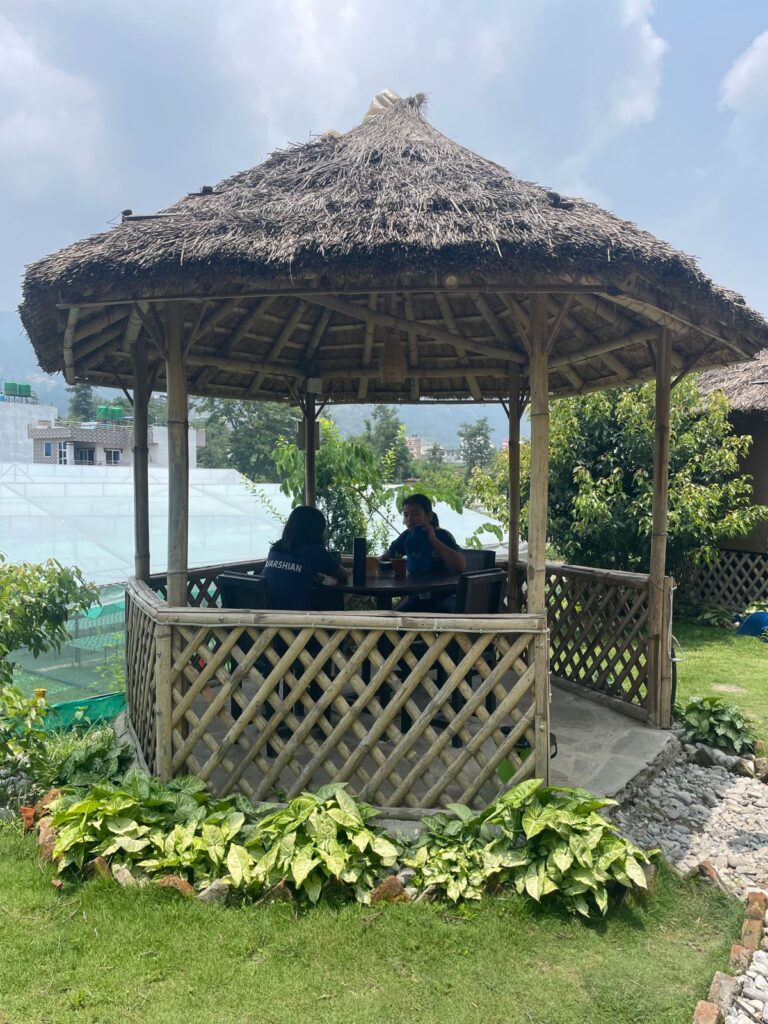
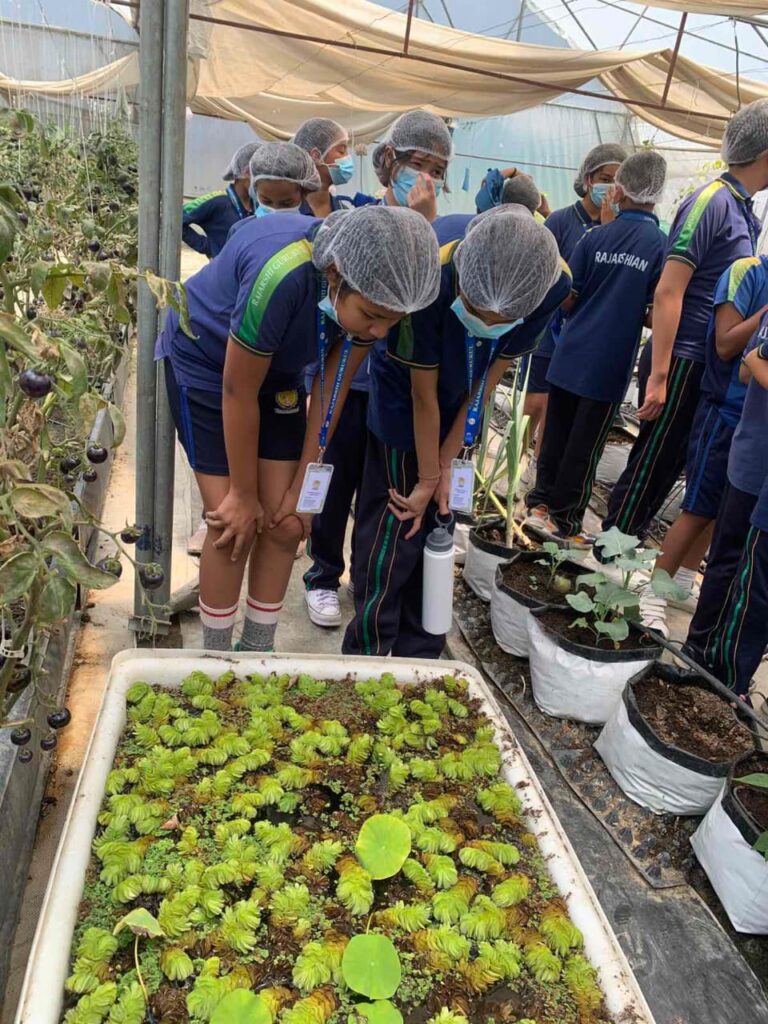
After an enriching tour, it was time for some fun! The farm includes a children’s play zone, and our students thoroughly enjoyed a break with games, laughter, and relaxation. To top it all off, we were treated to a healthy and delicious meal prepared with vegetables grown right there on the farm. This farm-to-table experience helped students connect the dots between how food is grown and what ends up on their plates.
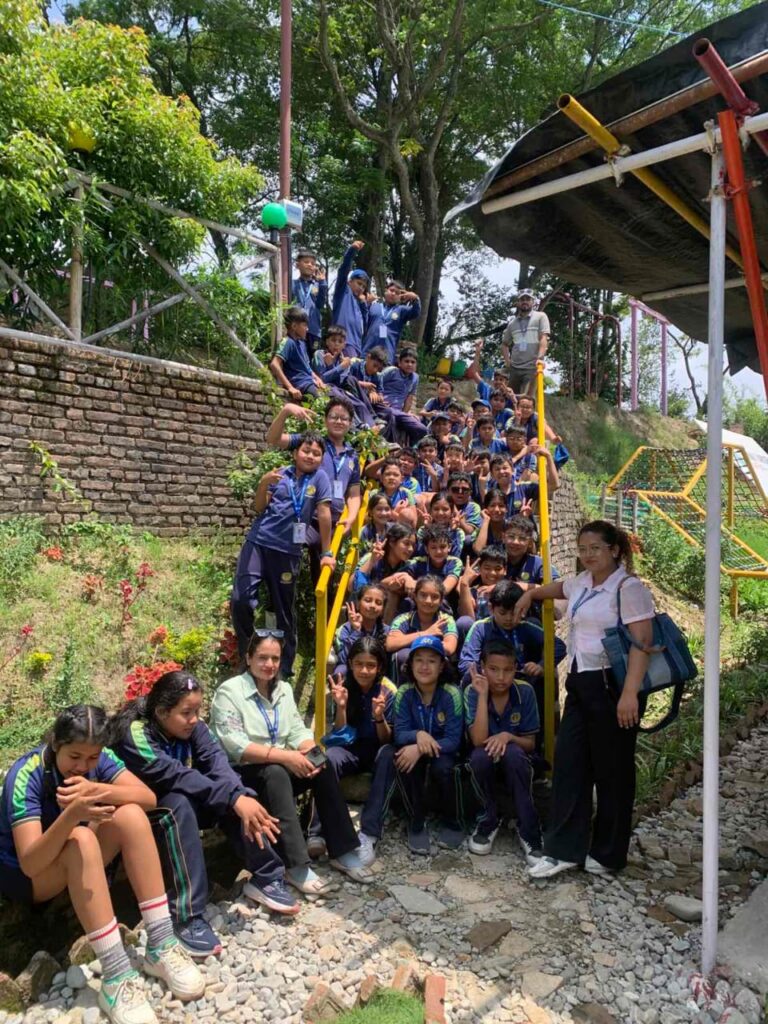
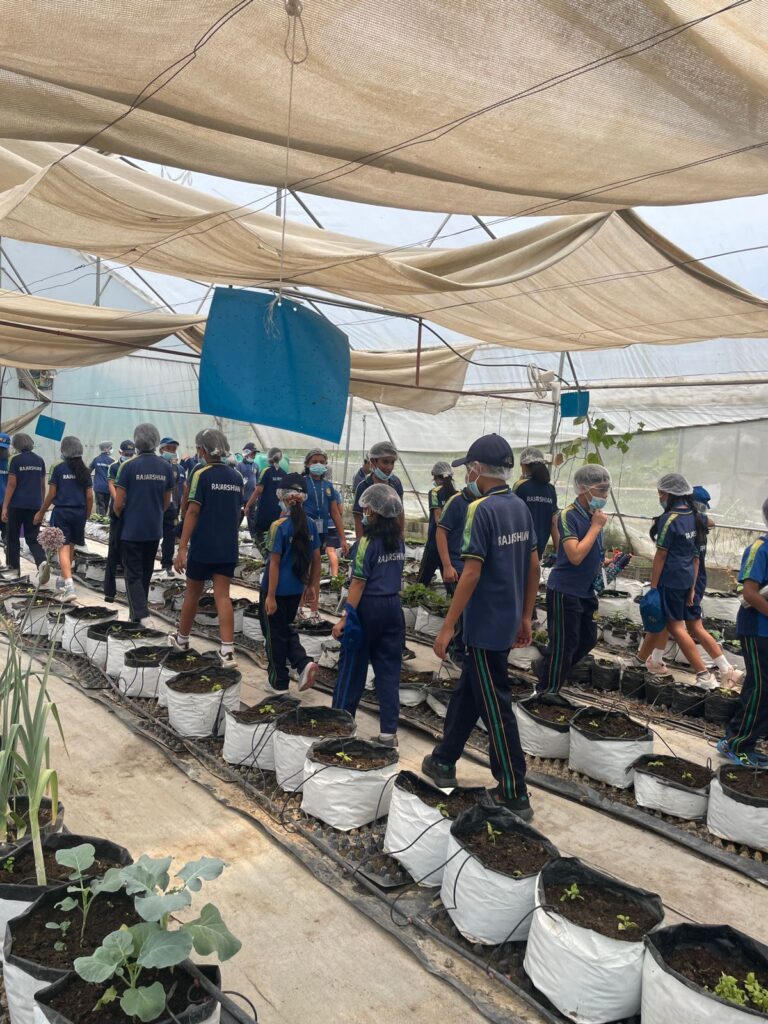
The field trip was more than just a school outing—it was a hands-on learning experienceinto the future of farming. Our students returned with a fresh perspective on how science and sustainability go hand in hand, and how technology is reshaping the way we grow food. We are grateful to the team at Hydroponics Nepal for their hospitality, knowledge-sharing, and commitment to educating the next generation about eco-friendly agriculture.

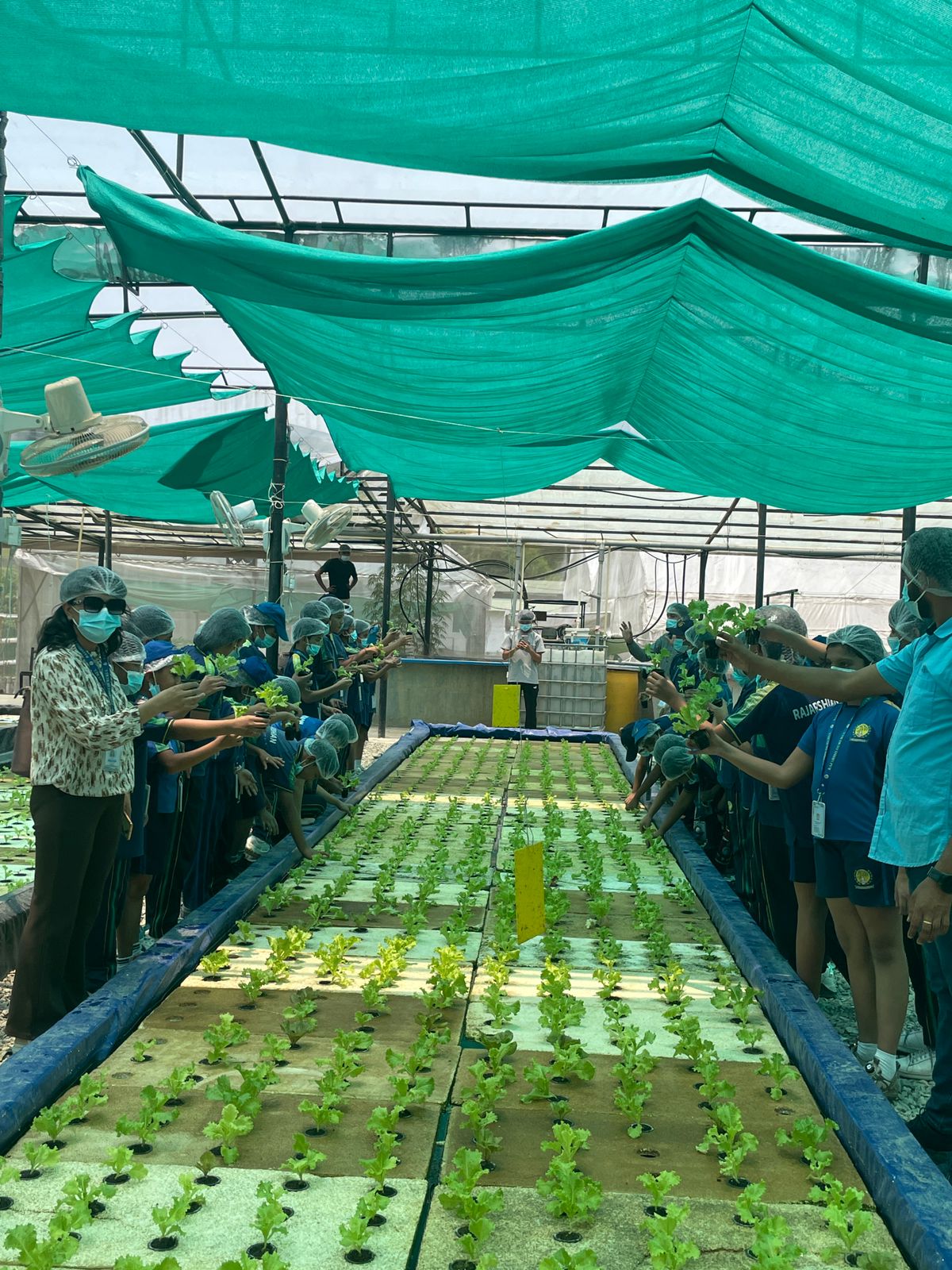
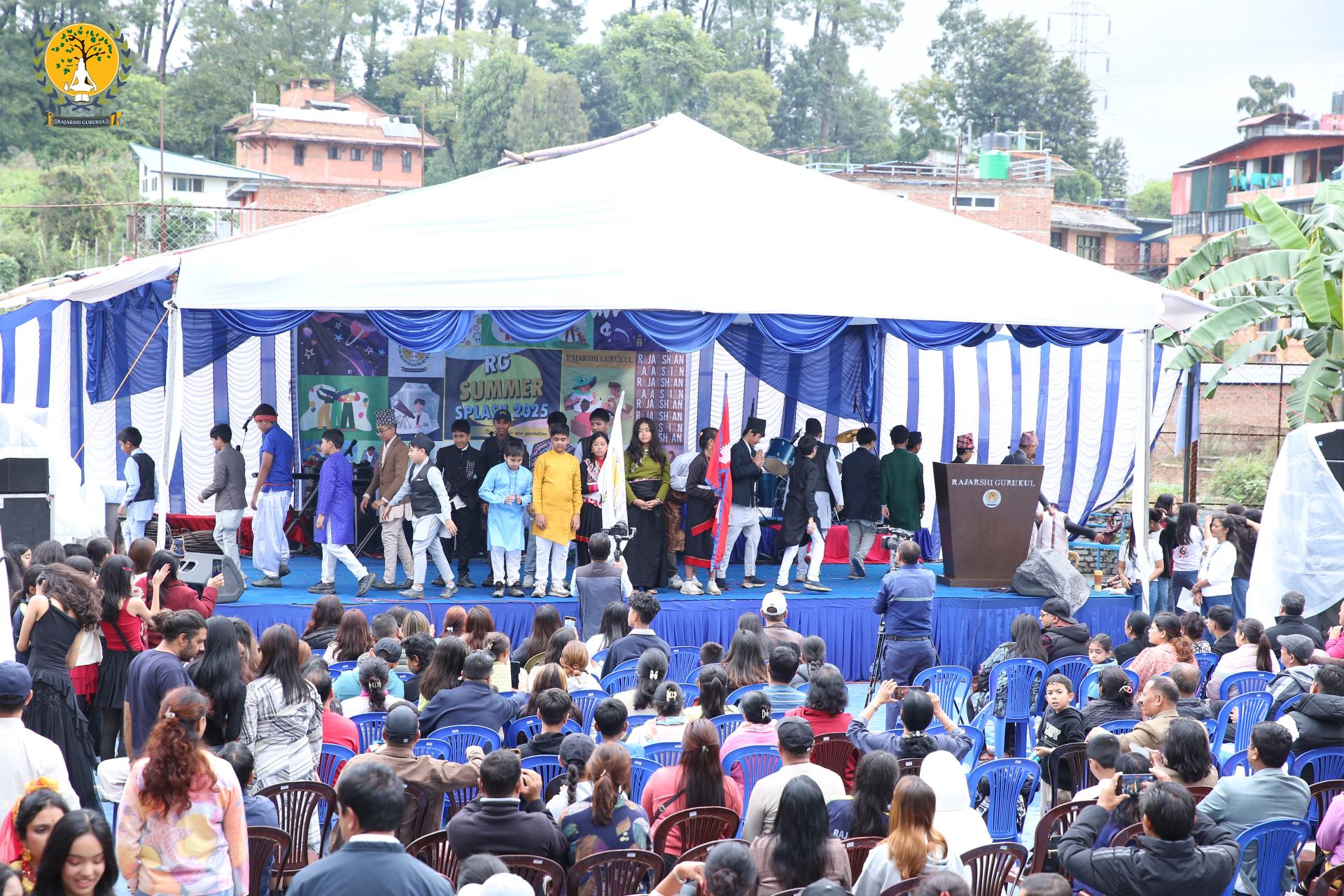

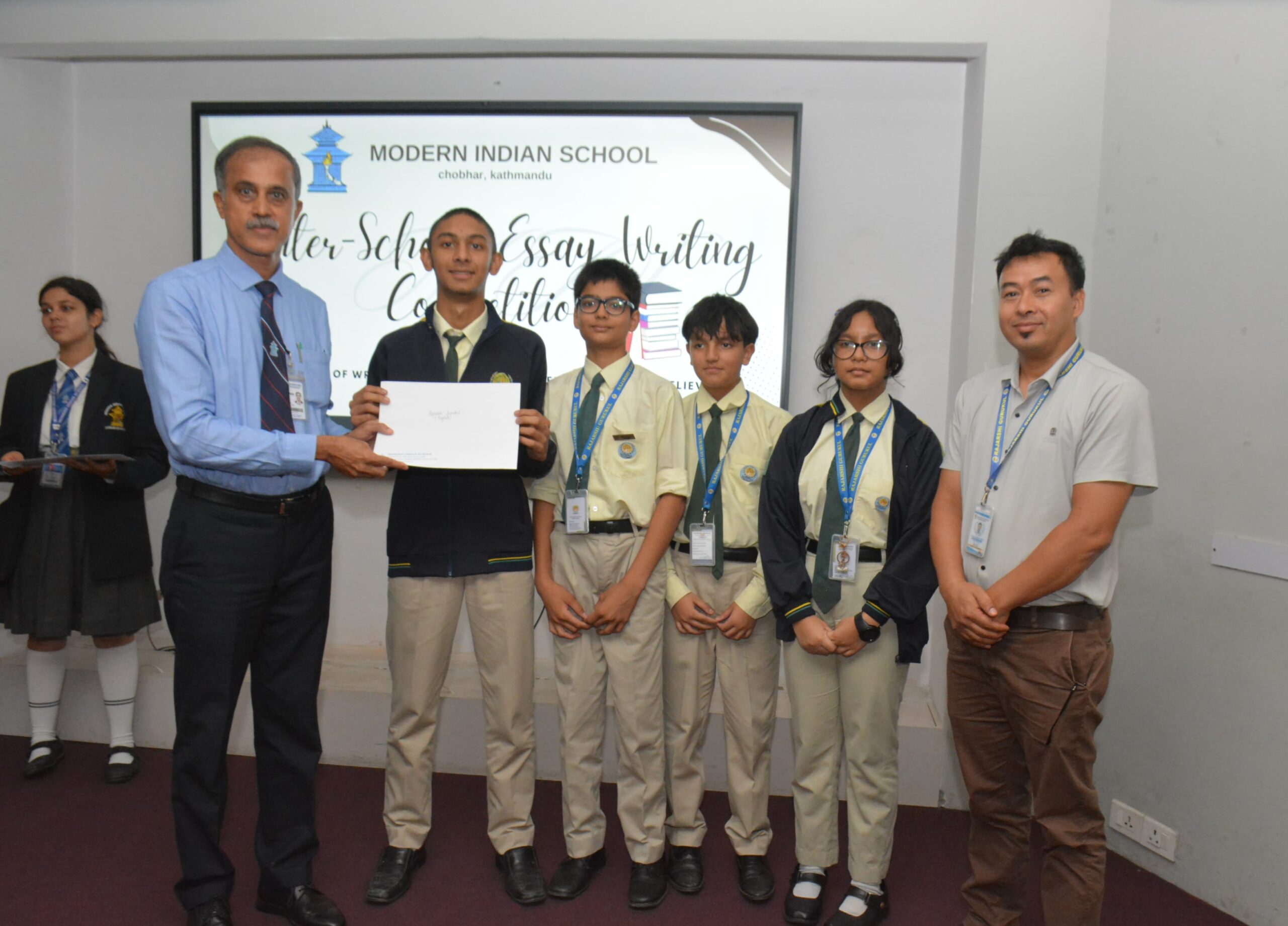

Leave a Reply